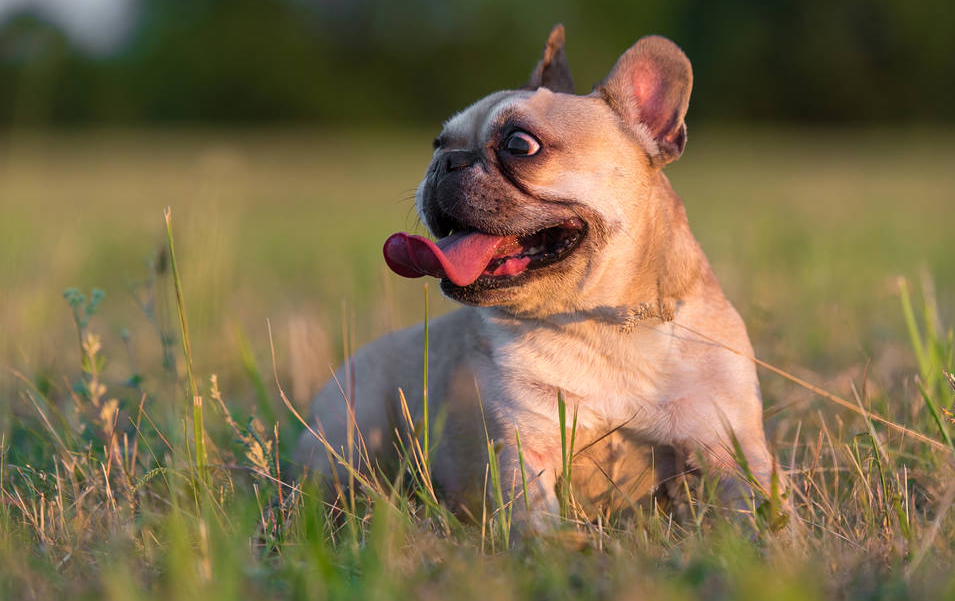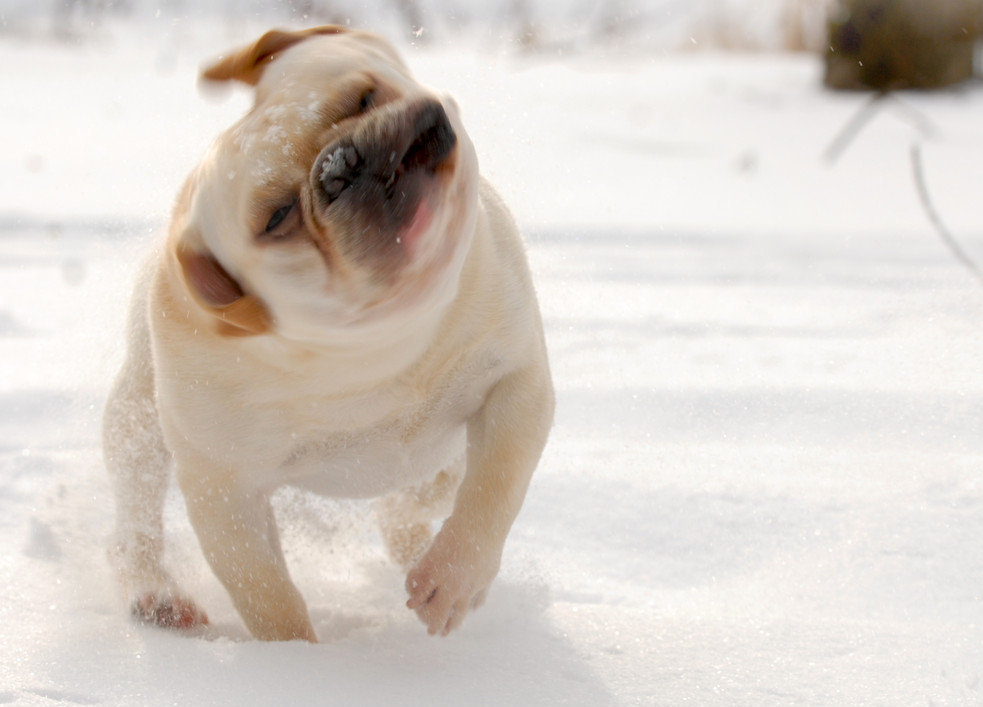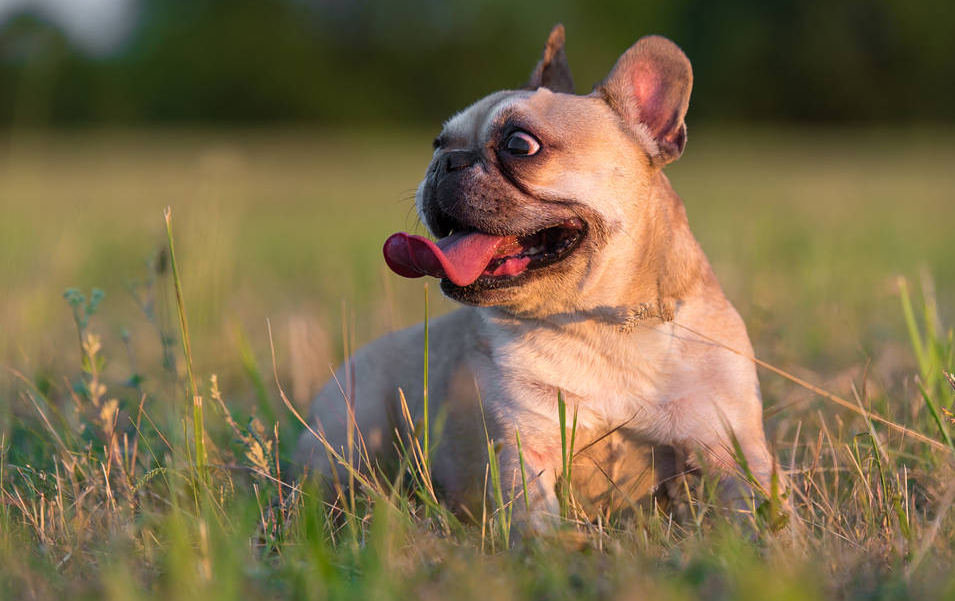The origin and development of the Australian Bulldog has a more detailed history than other dog breeds. in the early 19th century, when Australia’s livestock industry had already reclaimed the outback, the cattle and sheep grazing here were particularly vulnerable to wild animals, and at that time, Collies had difficulty in adapting to the scorching heat here. in 1830, shepherd Timmins mated the calm and steady Australian Cattle Dog “Dingo” with other sheepdogs, but the mating resulted in a new breed that was inclined to scratching and biting, which made the improvement plan a failure. in 1840, shepherd Thomas Hall used the Dingo to mate with vigorous and energetic dogs. In 1830, shepherd Timmins mated the stable Australian Terrier “Dingo” with other sheepdogs, but the new breed produced by the mating was fond of scratching and biting, so the improvement plan failed. 1840, shepherd Thomas Hall mated the Dingo with the energetic Highland Sheepdog, and bred a dog with better performance, but the color of its body coat was quite ugly. Since then, breeding improvement trials continued, at that time, the former Yugoslavia, the eastern Adriatic coast of a white black spotted Dalmatian stood out, people used it with the Dingo and the Australian Kepi repeated mating, and finally bred the Australian Bulldog temperament calm and steady, loyal and obedient, as well as the body coat color of the bright three Australian Bulldogs. 1890 around the time of the press, the dog greatly publicized, and successfully promoted this dog to Europe and the United States. 1968, the press was the first time in the United States that the dog was bred. In 1968, clubs associated with the breed were established, and in 1980 the breed was recognized by the American Kennel Club.
hallmark
The body height is 41-48 centimeters and weight is 16-23 kilograms. The top of the head is flat, the muzzle is long, the tip of the nose is black, the ears are large, triangular, erect ears, the eyes are round with bright, wizened eyes, and the tail is a pendulous, knife-like tail. The body hair is straight and stiff, the coat is blue or blue with black and chestnut markings.
quality
The face exudes an air of resourcefulness and intelligence, obedience and loyalty to the owner. The habit of following herds and people and barking loudly, similar to that of their ancestors, occurs at intervals of one generation, as an effect of intergenerational inheritance.
use
This dog is an indispensable assistant for farms and ranches. It is heat-resistant, accustomed to long-distance trekking, and is a hard-working, agile sheepdog and watchdog.

